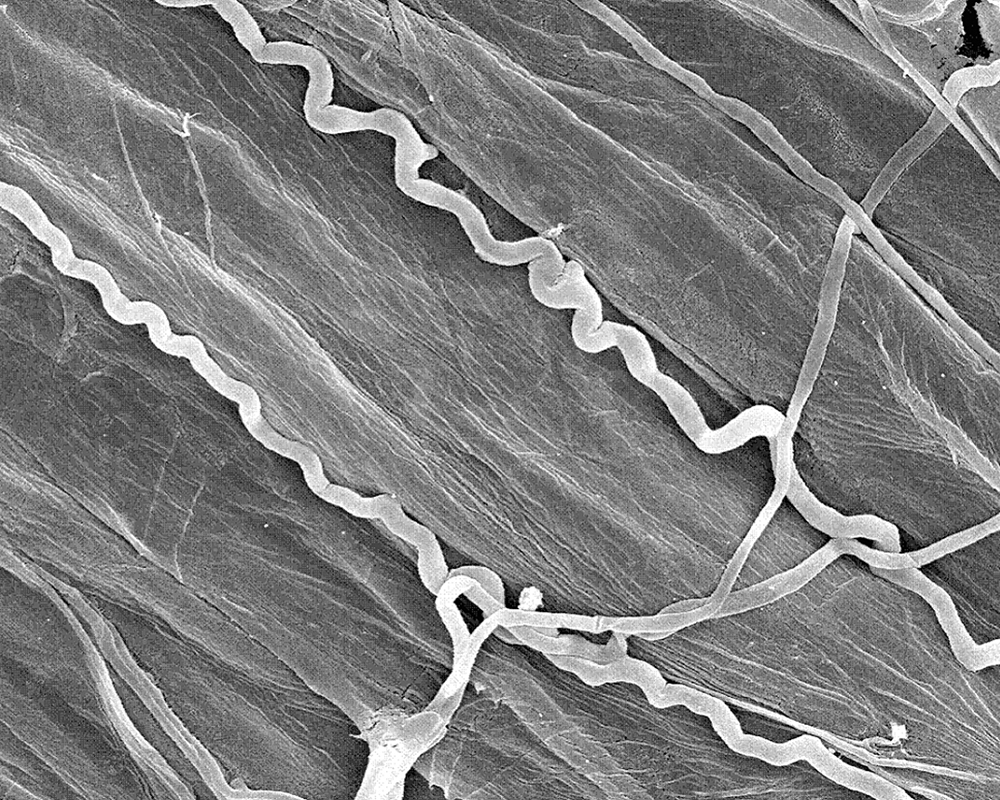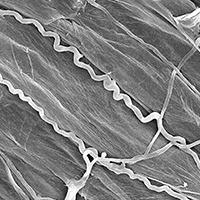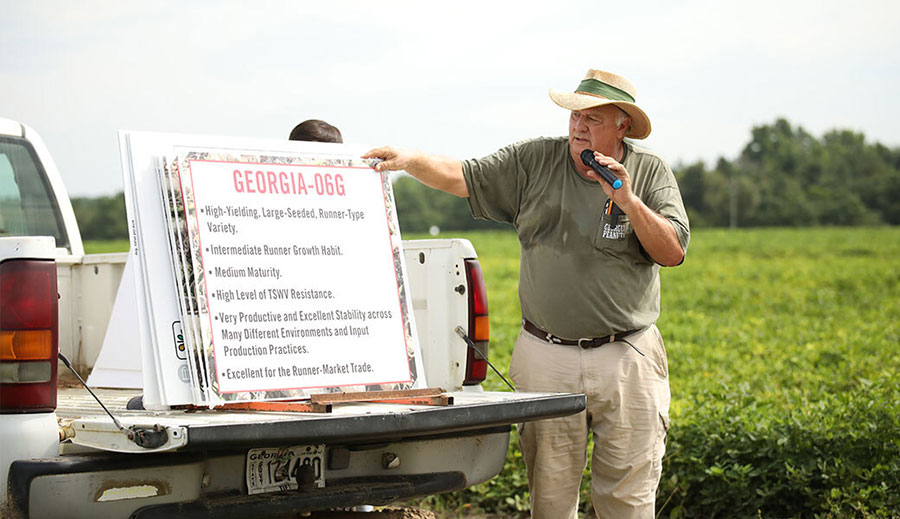A $500,000 grant from the U.S. Department of Agriculture will allow researchers at the University of Georgia to examine the minutiae of cattle and fescue microbiome interaction to find targets that will help mitigate the effects of fescue toxicosis, a forage-related condition that costs the U.S. beef industry more than $1 billion each year.
Fescue toxicosis, which has long been a problem for U.S. and South American cattle producers, can cause digestive and reproductive problems including reduced calving rates, reduced weight gain, and foot and leg problems in cattle.
The grant project, funded by the USDA’s National Institute of Food and Agriculture, is being led by College of Veterinary Medicine Professor Nikolay Filipov in collaboration with College of Agricultural and Environmental Sciences Associate Professor Todd Callaway of the Department of Animal and Dairy Science and Professor Nicholas Hill of the Department of Crop and Soil Sciences, in partnership with Associate Professor Garrett Suen of the University of Wisconsin and Professor Dean Jones of Emory University.
“If you are raising steers for meat, a 20-30% decrease in weight gain or a 30-40% decrease in calving rates translates to major monetary losses,” Filipov said. Fescue toxicosis can also affect other grazing animals, including horses and sheep, although UGA’s research focuses on cattle.
“Various approaches have been attempted to mitigate it. What we are trying to do is characterize the disease —which is very complex — globally,” said Filipov, a member of the Department of Physiology and Pharmacology in the College of Veterinary Medicine. “We are looking at multiple levels of the gut microbiome of cattle to see how they metabolize all of the different molecules of fescue to characterize those and, more importantly, how those interact with the bacteria that are part of the cattle’s GI tract. The overall idea is that we may be able to come up with more specific ideas of types of management strategies or treatment approaches for the disease that can’t be found with more simplistic approaches.”
This research is important to cattle producers because Georgia is located in what is referred to as the “Fescue Belt” — a 1,000-mile long, 400-mile deep swath of the U.S. that is home to about 25% of the nation’s beef cows. In this region, fescue is the most widely used forage grass because it is easy to establish, has a high drought tolerance and has a long grazing season. However, fescue contains an endophyte — a fungus that lives within the plant — that gives the grass desirable attributes but produces alkaloids that are toxic to animals who graze on it, a defense mechanism meant to prevent overgrazing. While endophyte strains that do not produce toxic alkaloids have been identified, it is not feasible to completely remove the toxic endophyte-containing grasses from the environment, Filipov said.
Current management practices, such as preventing pregnant cattle from grazing late in gestation, implementing rotational grazing and incorporating dietary supplements, have had limited success in managing fescue toxicosis, Filipov said.
“We would like to come up with a solution based on whole-animal and animal-plant-endophyte approaches, so we can manipulate the many things that contribute to fescue toxicity, both on the plant side and the animal side,” he said.
Field research will be performed at the J. Phil Campbell Sr. Research and Education Center in Watkinsville, Georgia, where personnel under the leadership of its superintendent, Eric Elsner, have been very supportive and accommodating of this fescue toxicosis research team.
“The idea is to determine what the toxic endophyte causes in terms of changing the composition of the grass, and we will measure the bacteria and fungi that are present and the metabolites produced when cattle ingest it,” Filipov said.
Suen, a microbiologist, and Callaway, a microbiologist and animal nutrition expert, will examine the gut microbiota of cattle used in the study to understand the effect of microbe-host interactions caused by the alkaloids.
“The metabolome is a combination of what the microbiome does to feedstuffs and what the animal does to feedstuffs along with the end products of the microbial fermentation. We don’t know if there is a population in the gut that can detoxify these chemicals or turn it into something that can be used for growth while mitigating the detrimental effects. We don’t know what to look for yet, but that is the puzzle of the microbiome and the purpose of this research,” Callaway said.
For more information on the Department of Physiology and Pharmacology, visit vet.uga.edu. For information on the Department of Animal and Dairy Science, visit ads.caes.uga.edu.








